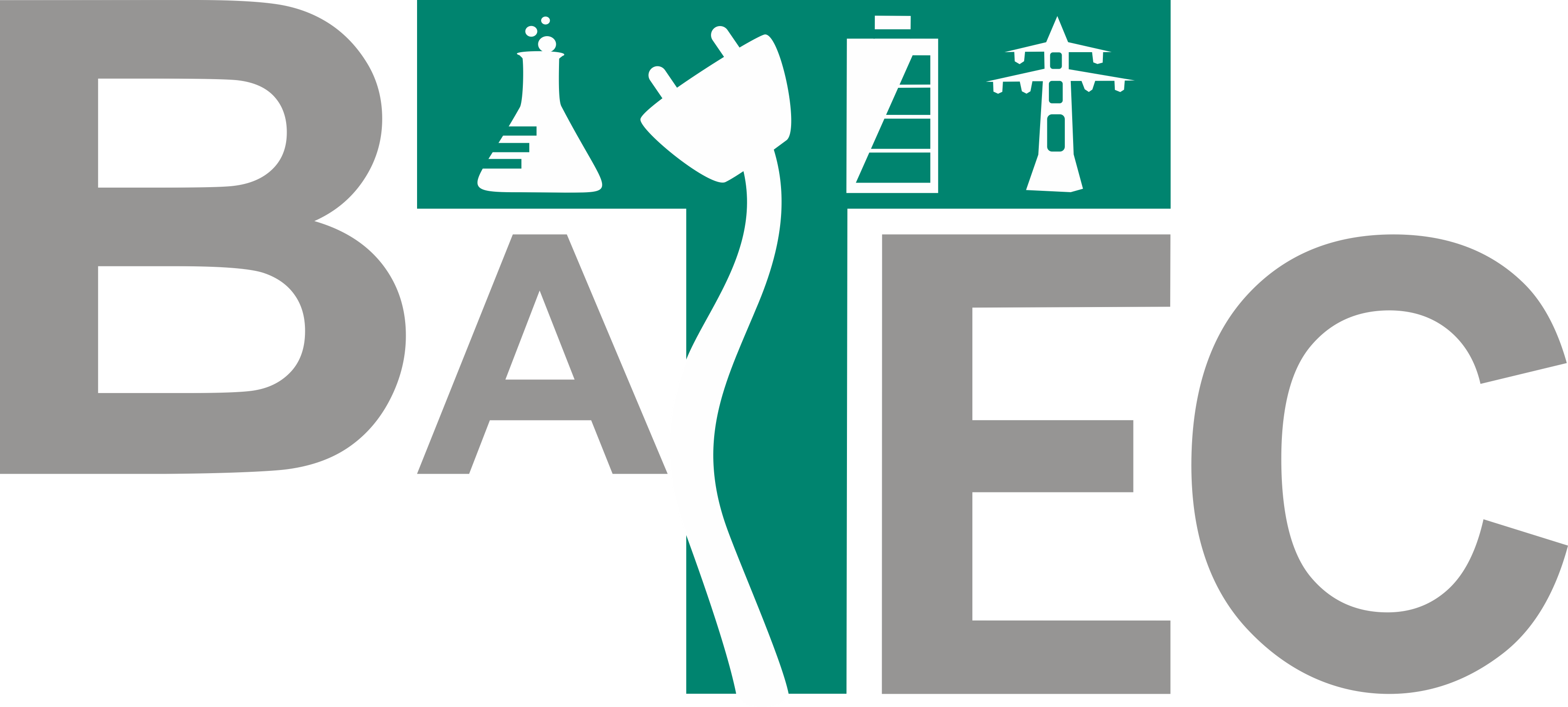ProZell- Production of High-capacity and Structured Electrodes
- Project Group:
- Funding:
Bundesministerium für Bildung und Forschung
- Partner:
TU Braunschweig
University of Ulm
Deutschen Zentrums für Luft- und Raumfahrt (DLR)
Zentrum für Sonnenenergie- und Wasserstoff-Forschung (ZSW)
- Startdate:
01.08.2016
- Enddate:
31.07.2019
Objectives and results
For economical battery cell production, the lithium-ion cells produced must be of high quality and performance. Furthermore, the material and manufacturing costs must only be so high that the process as a whole remains profitable and economical. This is where the HighEnergy project comes in. The project is to investigate the production of very thick electrode structures with a high energy content. The high energy content should significantly increase the range of electric vehicles.
Contents and approach
The so-called roll-to-roll process is to be used for production. A further goal is the development and qualification of a significantly shortened process for stack formation with thick electrodes. In addition to practical work, the focus is on simulations of the electrochemical functionality of high-capacity lithium ion cells. They are used to determine the optimal design for the structure of the electrodes. With the help of the models, losses can be detected and specifically minimized. If successful, it would be possible to produce improved electrodes with a higher production throughput and thus lower costs.
The consortium plans to investigate the entire electrode production process chain. The aim is not only to gain basic knowledge about the required materials such as binders, additives and active materials, but also about the individual processing steps for electrodes. The overall process is to be developed in such a way that it can be easily transferred to new battery cell generations such as lithium-ion solid batteries or lithium-sulfur batteries. This should enable faster access to new cell technologies. The challenge in the production of very thick high-energy electrodes is to achieve high homogeneity, mechanical stability, good adhesion properties and high elasticity as well as a correspondingly long cycle life.

